The feminine aspect of the divine has had many faces – goddesses of love and hatred, war and peace, birth and death, summer and winter, night and day, amongst thousands of others. It is time for us to reclaim the Goddess, to reclaim a balanced, harmonious spirituality, and to recognise the Oneness of being within all of creation – Anna Franklin
The Goddess has been known to every race and in every corner of the world. She has had many names and many faces. She is chaste virgin and passionate lover, fruitful mother and barren crone, creator of life and bringer of death. In many places, the feminine side of the divine has continued to be acknowledged, though in the western world, goddesses have been banished and demonised for centuries. ‘God’ is viewed as exclusively male.

However, our earliest deity was the Great Mother who gave birth to and nourished the cosmos. The first images of her appeared from the Pyrenees to Siberia over twenty thousand years ago as the Ice Age receded and people began to follow the herds of bison, horses and cattle across the emerging grasslands. These were figures of goddesses carved in bone, ivory and stone, with large breasts and heavy, pregnant, motherly bodies. The breasts were large enough to nurture many; an image of love and trust. The figures were often daubed in blood-coloured red ochre, and some held horned crescents representing the moon, making the connection between the waxing moon and the waxing womb.

The moon was a powerful image for the Stone Age peoples and embodied a central mystery, changeless but ever changing, constantly renewed. The moon was the first method used to calculate time, marked by its waxing and waning periods. The root word for moon still gives us our words for month, measurement, and menstruation. The moon has four phases (represented on Neolithic pots as a four-armed cross), three visible – waxing, full and waning – then three days in darkness. It seems to have been imagined that the dark phase was the invisible dimension where life gestated; the place where renewal and rebirth occurred. Life begins in darkness; the seed entering the earth emerges from it as a tender plant in the spring. Likewise, the seed of life enters a woman and her baby grows in the shelter of her womb. In the darkness of the tomb, the soul moves towards rebirth.
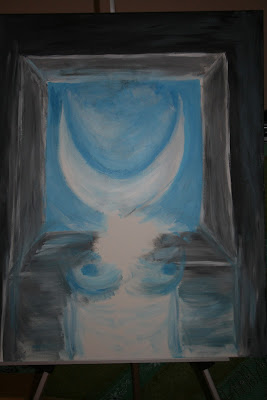
From 30,000 to 10,000 BCE the cave seems to have been the ultimate sacred place, a sanctuary of the Goddess and a physical representation of her womb- the source of her regenerative power which brought forth the living and took back the dead. On the exterior walls of the cave, images of the Goddess were sculpted; on the inside of the cave, stones were placed representing the souls of the dead who would be reborn there. Animals were painted on the walls so that the spirits of hunted beasts would be placated and renewed. This idea persisted into the Megalithic period. Among many other such structures, the passage grave at Gavrinis, Brittany, is aligned to the rising sun at the winter solstice, and to the rising moon. Spirals, swirls and other energy patterns are cut on some of the upright stones. Possibly the stones were believed to be the dwelling places of the ancestor spirits, who could be contacted through the stones when summoned. New Grange in Ireland is also aligned to the rising winter solstice sun, and the sun’s rays which flood the chamber at this time fertilises the sleeping earth, and the sleeping dead.
Valentina at Goddess Conference 2007
The Goddess was the goddess of the heavens, the earth, and the underworld of her womb. There are many images of the Goddess as a snake, or depicted with snake patterns over her womb. The snake symbolises the waters of the dimension beyond, the fourth phase of the moon, the powers of regeneration. The umbilical cord connecting the child to the mother has the form of double snakes, and this may lie behind the concept of the double maze connecting this world to the next. The snake was observed to hibernate in the earth, and emerge to shed its skin and regenerate itself, thus it became a symbol of renewal and rebirth. As the Goddess of the Heavens, the Great Mother was depicted as a bird, which travels the sky and roosts on the waters or the earth, and thus can journey through all the realms. Sometimes the body of Goddess statues was egg shaped or carried eggs, or the womb was depicted as an egg.
Just as the breaking of the waters of the womb heralds the life to come, the Goddess was also believed to be the source of the water that fell from the heavens as rain and which welled up from the earth – her body – as springs and rivers. This ancient association persevered for millennia. Wells and springs were named after goddesses such as Anu, Elen, Brigid, and Danu, later to be Christianized as St Anne, St Helen, St Bridget, or preserved in the names of rivers like the Danube.
The development of agriculture freed people from the uncertainties of a hunter gatherer lifestyle; they could settle in one place, cultivate the soil, breed cattle and develop crafts. More than ever, the Mother Goddess presided over the whole cycle of planting, growth, and harvest: the bringer of life, death, and rebirth. Agriculture was probably discovered and developed by women; the harvest season was presided over by Virgo, the virgin mother of the corn. She was visualized as a maiden holding an ear of wheat marked by the bright star Spica. It is possible that the cultivation of grain dates back to c.15, 000 BCE in the Age of Virgo- earlier than is usually thought- since grindstones, grinders and grain-cutting sickles have been found in Egypt dating from c. 15-16,000 BCE. The constellation of Virgo is associated with many harvest goddesses including Isis, Ceres, Ishtar, Baalita, Inanna (meaning ‘Queen of Heaven’) and Demeter.
Sometimes the ancient Goddess was portrayed as one being with two heads, an image of the source and its manifestation as one and the same: mother and daughter. This ancient pattern is seen in the story of Demeter, the Greek corn and harvest goddess, and her daughter Persephone (or Kore); the first written reference to the Demeter was in the thirteenth century BCE. The version of her myth that we have today has had male personalities added, but the thread of the original tale can be discerned.
Kore (or Persephone) was picking poppies when Hades, king of the underworld, abducted her. She was taken down to his realm and forced to stay there as his bride. Demeter sought her all over the length and breath of the world, while the earth became barren and sterile as she neglected it. Winter ruled. Then at last, overcome with weariness, she sat down for nine days and nights while the gods caused poppies to spring all around her feet. Breathing in the soporific perfume she fell asleep and rested. The gods took pity on Demeter and decreed that Persephone could return to her mother providing she had not eaten anything while in the underworld. Unfortunately she had eaten six seeds from a pomegranate: she would have to stay in the underworld for six months of the year, and this is why we have winter. When she returns to earth her mother rejoices and the earth blossoms.
The name Kore or Cer for a grain/earth goddess is echoed in many parts of the world. She is Ker, Kern, Kur, Kar, Kan, Kali, Kami-Musumi, Kanya, Kaya-Nu-Hime, Kedesh, Kenemet, Keres, Khamadhenu, Core, Kele, Ceres, Ca, Cabiro, Cailleach, Cel, Cer, Ceridwen, Car, Carman, Cor, and Cybele. She gives us our word ‘corn’ and her name is remembered in the Northern English/Scottish Border custom of making a ‘kern-baby’ or ‘kernababy’, a corn dolly bound from the last sheaf of the harvest. We find her name in the kernel (kern-el) of the grain. According to Robert Graves, cer derives from a Cretan word to do with bees, as cerinthos is bee-bread,cērinos is waxen and so on. The name multiplied into the name of the Roman corn and harvest goddess, Ceres, meaning ‘spites, plagues or unseen ills’ and this aspect of the Goddess has to be placated- she can blight as well as give. The harvest goddess is also a goddess of death- she kills the spirit of the corn.

The oldest harvest cult is that of the earth goddess. References to it are almost completely obscured in later myths, but occasionally can be seen shining through. In Norse myth Loki steals the golden hair of Sif (the corn). In Ireland, Macha was similarly described as golden haired and was honoured at Lughnasa, the start of the harvest.
Sometime during the 5th millennium BCE, people began to raise stones to form circles, alignments, and burial chambers. Chambers could be built to recreate the womb of the Goddess, activated by a shaft of sunlight entering it at certain times of year. At Midsummer, the shadows of a tall phallic stone crept into the stone circle womb to fertilize it. For megalithic people the earth was not an ‘it’ or a commodity, but a living being.
In some places, the Goddess was believed to have emerged out of the primeval waters as a hill or mound, often seen as the centre of the Earth, its navel or omphalos. The place was often marked by an obelisk or stone, such as the one at Delphi. A similar stone was placed at the druid sanctuary at Uisnech in Ireland and believed to be its navel. From the mound rose the first tree, the cosmic axis which connects the realms. The mound raised over the planted seed is an ancient image of regeneration, reflected in the idea of the burial mound raised over the Megalithic dead, and the pyramid raised over the body of the pharaoh.
In the Kennet Valley (Wiltshire, England) lies the massive man-made Silbury Hill, 130 feet high, built in Neolithic times nearly 4,600 years ago. For years archaeologists thought it must be a burial mound, but investigations have disproved this. Turves were used to construct the inner part of the hill in the Stone Age and remain within, with the grass and insects preserved. They were cut at the beginning of the harvest. Then over a period of about fifty years blocks of chalk covered the turf. It is a harvest mound, representing the womb of the Goddess. Originally, a water filled trench surrounded it, carefully constructed. The full moon in late July or early August (Lughnasa) would be reflected in the waters, so that it appeared a child’s head was emerging from the womb. As the moon moved up through the sky, it appeared reflected at the breast of the image, as though suckling. As the moon moved higher, the ‘milk’ was released from the breast as the moat reflected the lunar light. With the cutting of the umbilical cord (when the moon appears to detach itself from the hill), the signal was given to begin the harvest. Throughout the ancient world a mound of earth was symbolic of the Goddess, sometimes magnified into a mountain of the gods.

Initially the Goddess reigned alone. She had no son or lover. For many thousands of years the Goddess was seen as the single source which was capable of constantly generating and regenerating by her own power- the original meaning of the word ‘virgin’. There are many myths of virgin goddesses giving birth since the power of life was hers alone. Sometime during the seventh millennium BCE came the first recognition of the part males played in the act of creation. Images of the God appeared as horned animals, such as the ram, the bull, or the goat, and the phallic shaped serpent. Images of the sacred marriage of the God and the Goddess began to appear around 4,500 BCE. The god was the fertilizing rain or the light and heat of the sun.

During the Bronze Age the vision of the oneness of creation and the power of the Goddess became fractured and diversified. The Goddess retained the power of life and death, but she now had brothers and sisters, daughters and sons. She acquired many names and there were a variety of mythologies attached to her, but one was held in common: the Goddess acquired a lover who died and was reborn. The pattern of their relationship followed the seasons- they married in spring and their love caused the earth to flower and blossom. With the autumn her lover, the spirit of summer vegetation, died and descended to the underworld realm of the dead. She followed him there and released him again when spring came, and the cycle began anew. This story is reflected in the tales of Osiris, Tammuz, Adonis, Dumuzi, Baal, Jesus and many more.
The Goddess was sometimes visualized as the land itself and called the Sovereign Goddess because everything that happened upon it had to have her approval or it was doomed to failure. In many cultures the earthly king was deemed to rule only through with divine authority. His investiture included a symbolic marriage to the Sovereign Goddess or a real marriage to the queen who represented her. In Irish myth Niall and his brothers were out riding and came to a well with a very ugly hag guarding it. They asked her for a drink, but she demanded a kiss from each in return. All the brothers refused but Niall said that not only would he kiss her, but that he would lay with her as well. He embraced her earnestly and found that instead of an old crone a lovely woman was in his arms. She told him that she was Sovereignty, and he was confirmed as king of Tara. The goddess of the land often has the dual form of maiden and hag (summer and winter).
Towards the end of the Bronze Age the settled Goddess worshippers were overrun by tribes of Aryan and Semitic descent. These warriors worshipped sky and thunder gods, gods of battle, fire and storm, a mythology which developed in the later Palaeolithic Age amongst these nomads who had to contend with a much harsher environment. The invasions had a dramatic impact on the Goddess cultures from Europe to India. The invaders were patriarchal, rode horses, herded cattle and prohibited writing. They appeared as Hittites in Anatolia, as Hurrians and Kassites in Mesopotamia, Achaeans and Dorians in Greece, and Aryans in the Indus valley. Wherever they penetrated they established themselves as the ruling caste. They introduced the idea of the opposition of light and darkness, rather than the totality of the older view. They introduced the idea that man was separate from the deity, and the deity was separate from creation. All that was good and noble was attributed to the master Gods, all that was the native nurture power of the older religion of the Goddess was related to the darkness, which became a negative concept.

In early Sumeria, Egypt and Crete, women played a public role, owning property and transacting business. Sisters and brothers inherited equally. After 2,300 BCE their status deteriorated. The Semitic tribes regarded women merely as the property of men. Brothers, husbands and fathers had the right of life or death over them. Daughters could be sold into slavery or exposed to die. Sons inherited all property. The Aryan peoples had no priestesses and regarded women as chattels.

The concept of the single male deity, a father needing no mother, gradually took hold. The role of the Goddess was denied, and in consequence the status of women was lowered. Christianity, Judaism and Islam converted the Goddess mythology into stories of evil, building churches over sacred sites, and declaring the old gods and goddesses to be demons, or where this was difficult, changing them to Christian saints, as the goddess Brighid became St Brigit in Ireland. Women became less than second class citizens in religion, some theologians even denying them souls. Even today, many deny that women can become priests – a vocation, intelligence, faith and dedication meaning nothing alongside the fact of possessing the wrong set of genitalia. This is a world view that has women as an adjunct to creation, a view that keeps her in her place. All that is male is glorified; all that is female is denigrated as unclean and unfit – too earthly for participation in the worship of a glorious, exclusively male deity who lives apart from his sinful creation. Of course, many Christians, Moslems and Jews are far more enlightened than this, but it remains a lop-sided view of spirituality. The English occultist Dion Fortune said that any religion without a goddess is half atheist.

The deep seated need for a female aspect to deity has persisted throughout the centuries. Denied a goddess who understood the patterns of their lives, their sorrows and their joys, women met this need through cults of various saints, particularly the veneration of the Virgin Mary. However, these saints are never whole women and only holy because they deny their female natures. Mary’s womanhood is repudiated by the church – her son was conceived without sexual intercourse, she gave birth with no pain and without rupturing her hymen; she lived with her husband as a celebrate. The message is clear – holiness is only achievable by denying normal human love.

In the twentieth century, men and women began to realise that female spirituality and the role of the goddess had been denied. Feminists and modern Pagans alike have striven to restore this balance, most recognising male and female spirituality in equilibrium, two halves of an harmonious whole. This world view regards humans as part of nature, children of the Great Mother, along with the Earth, plants and animals, all related in a single whole. The Goddess is revealed in manifest nature, part of it and part of us.
The feminine aspect of the divine has had many faces – goddesses of love and hatred, war and peace, birth and death, summer and winter, night and day, amongst thousands of others. It is time for us to reclaim the Goddess, to reclaim a balanced, harmonious spirituality, and to recognise the Oneness of being within all of creation.
This is the writing of Anna Franklin of www.merciangathering.com
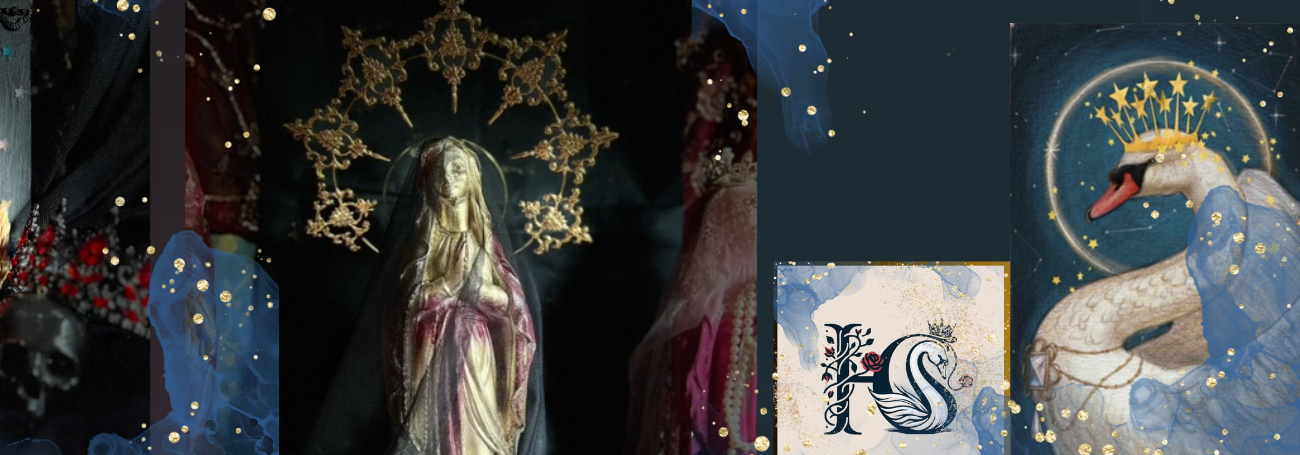

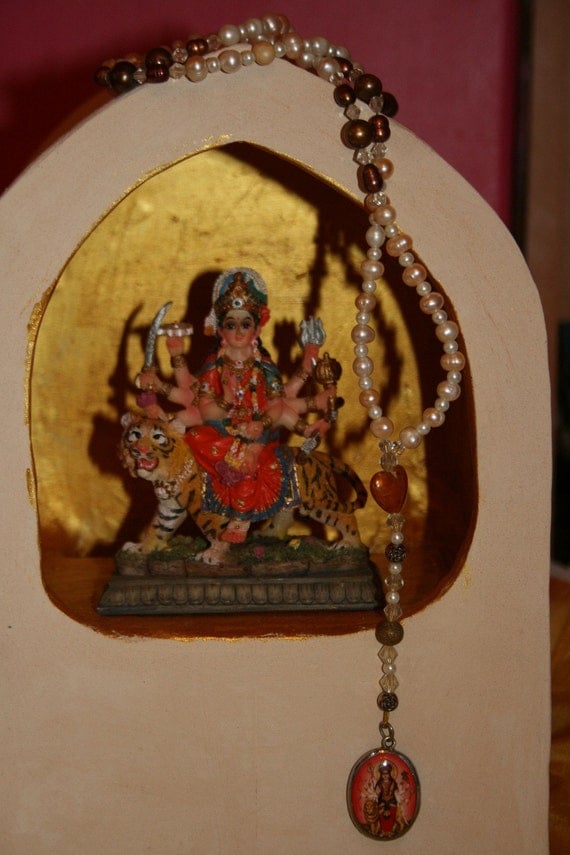
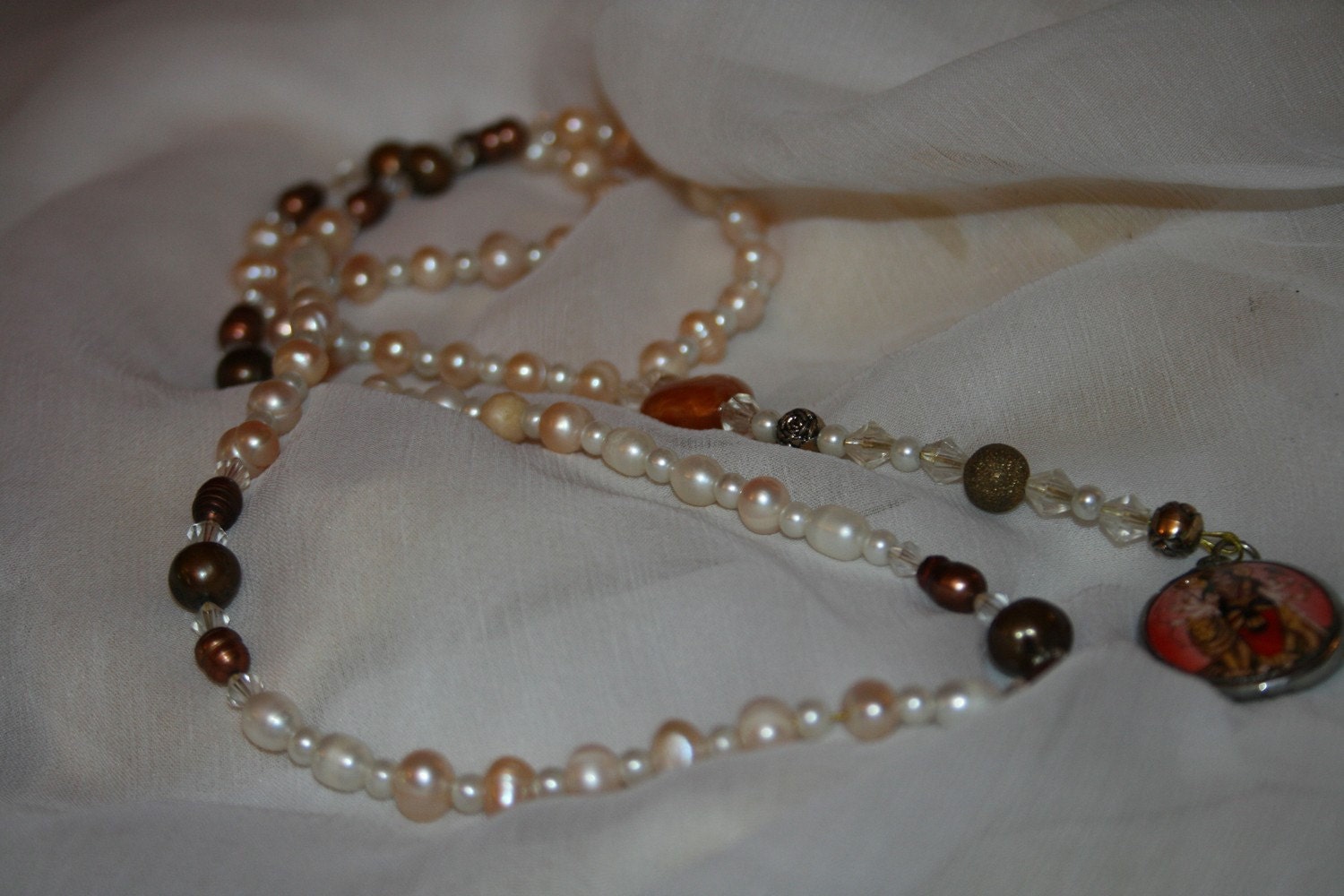
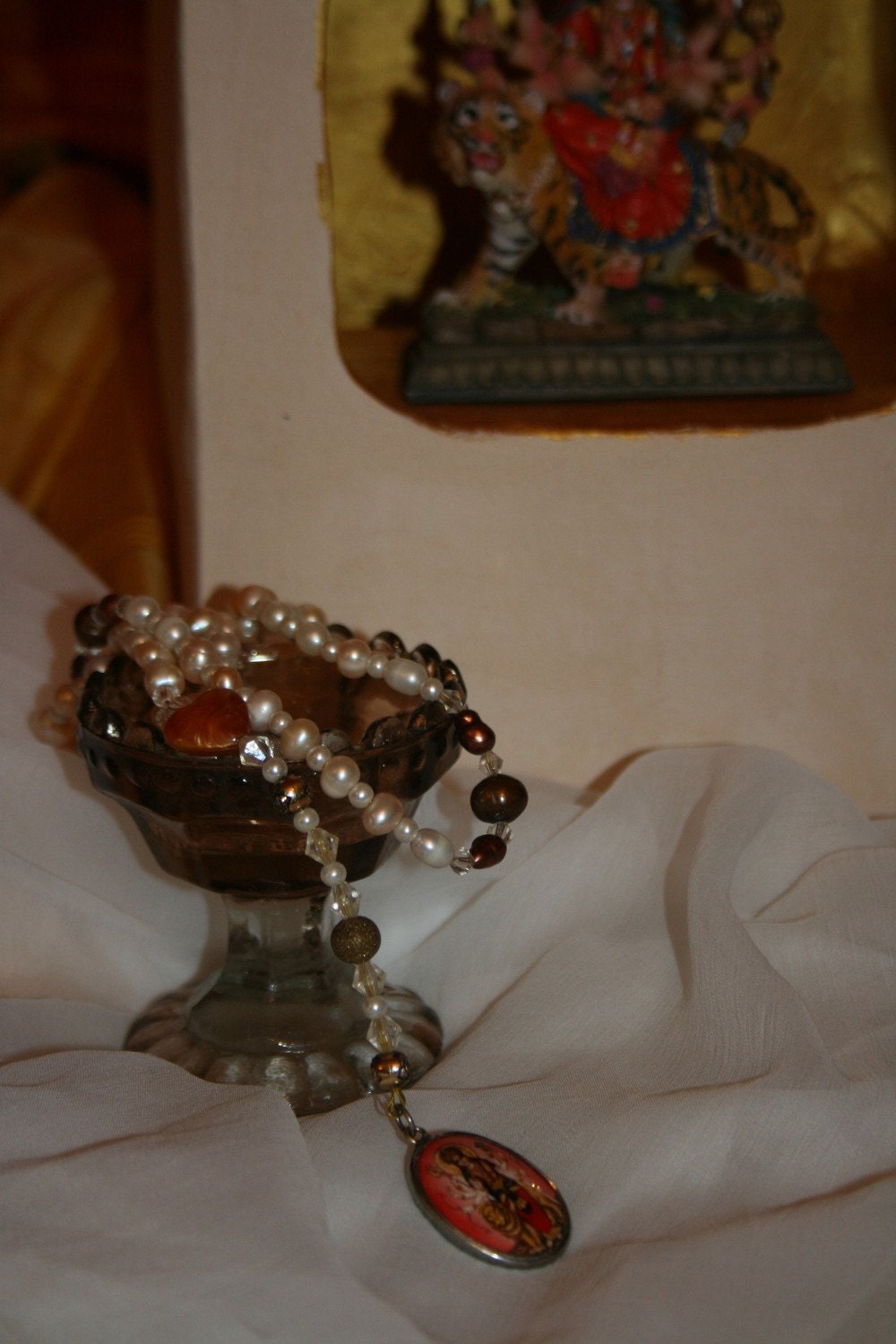
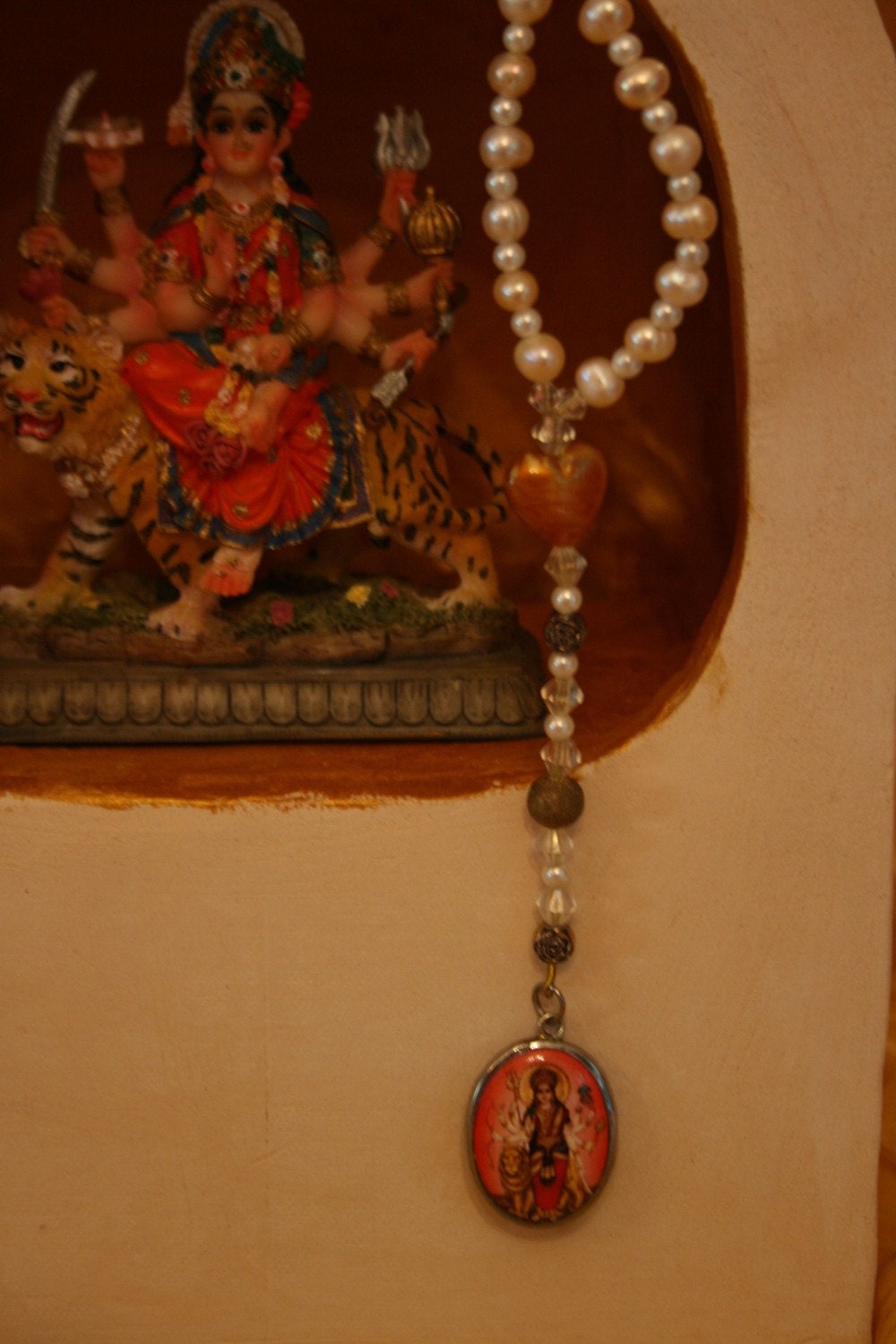
















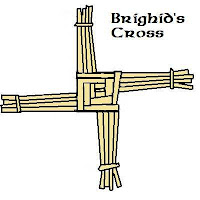


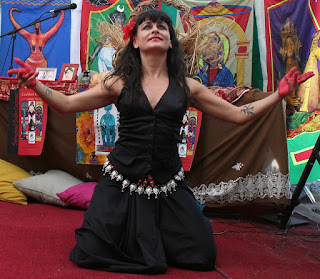.jpg)




